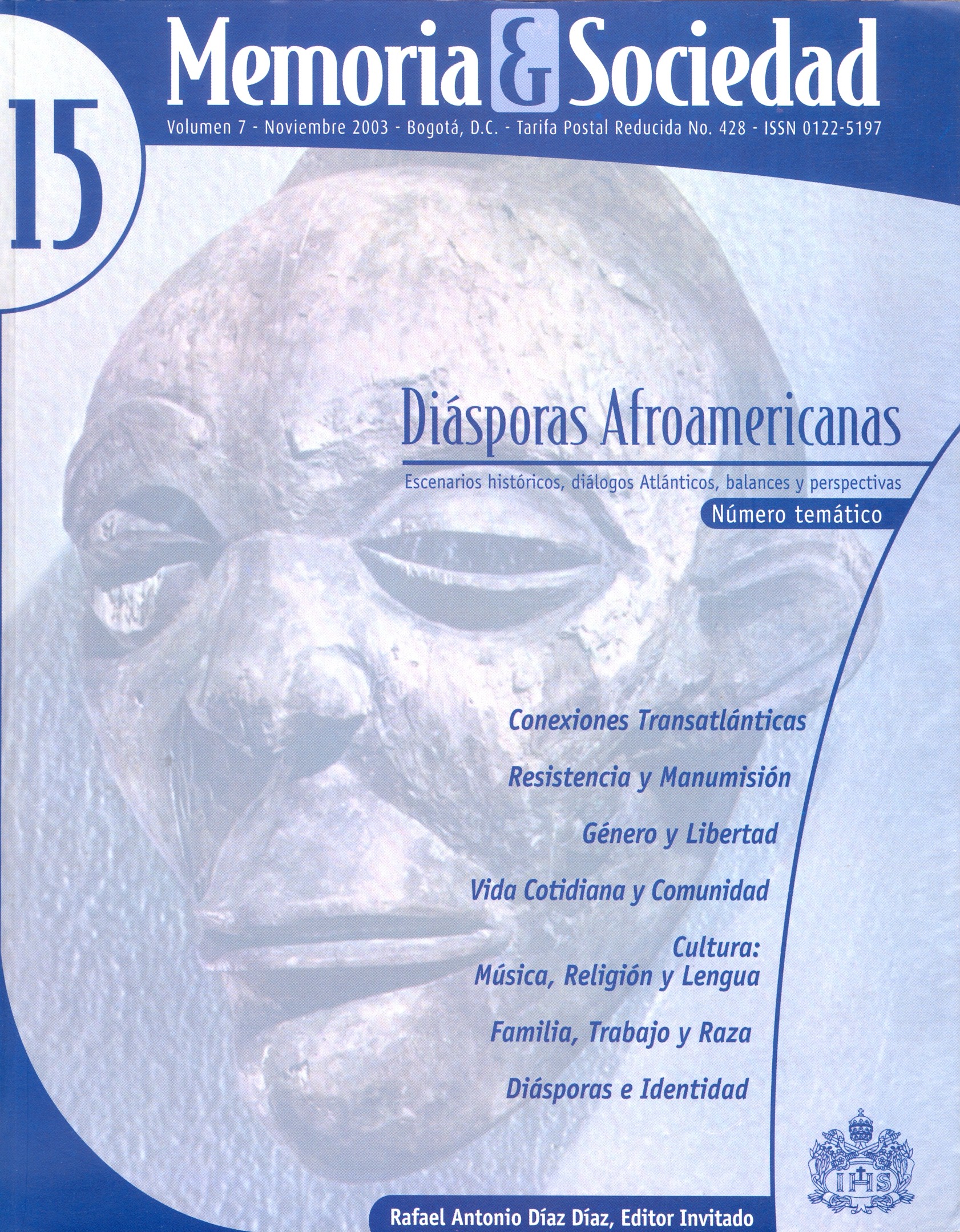Abstract
Translation from portuguese: César Torres Del Río
The revolutionary plant and ecological exchanges that accompanied European maritime expansion after 1492 is now widely appreciated. So, too, is the significance of plants new to Europeans for changing food preferences, cuisines, economies, and commerce over a much broader area of the world. The role of Amerindian maize and manioc in West Africa has received ample attention, as has Asian rice in the region. But the literature on the Columbian Exchange remains remarkably silent on the diffusion of indigenous African plants elsewhere and the means by which they dispersed. To do so, as this paper reveals, requires addressing the Atlantic slave trade in their dissemination as well as the role of enslaved Africans in establishing preferred dietary staples in the Americas. This paper examines the plants of African origin that became central to subsistence and economy in the era of plantation slavery. Three centers of agricultural domestication in sub-Saharan Africa contributed to the diversity of plant resources that sustained millions subsequently swept into transatlantic enslavement. The establishment of these crops in the Americas occurred through the "botanical gardens" of the dispossessed: plantation subsistence fields, dooryard gardens, and in agricultural plots of maroon communities. In drawing attention to the African Diaspora as one of plants as well as people, emphasis is placed on indigenous African knowledge systems. The expression of these knowledge systems in landscapes of bondage reflected prevalent power relations, food preferences, cultural identity, and struggles over the work process. In profiling the African plants established in the Americas, this paper seeks to correct distortion in narratives of the Columbian Exchange, which remains centered on European agency, crops of Amerindian and Asian origin and Africa as a backwater of global plant transfers. The objective is to promote historical recovery of the African role in colonial botany.
The journal Memoria y Sociedad is registered under a Creative Commons Attribution 4.0 International Public License. Thus, this work may be reproduced, distributed, and publicly shared in digital format, as long as the names of the authors and Pontificia Universidad Javeriana are acknowledged. Others are allowed to quote, adapt, transform, auto-archive, republish, and create based on this material, for any purpose (even commercial ones), provided the authorship is duly acknowledged, a link to the original work is provided, and it is specified if changes have been made. Pontificia Universidad Javeriana does not hold the rights of published works and the authors are solely responsible for the contents of their works; they keep the moral, intellectual, privacy, and publicity rights.
Approving the intervention of the work (review, copy-editing, translation, layout) and the following outreach, are granted through an use license and not through an assignment of rights. This means the journal and Pontificia Universidad Javeriana cannot be held responsible for any ethical malpractice by the authors. As a consequence of the protection granted by the use license, the journal is not required to publish recantations or modify information already published, unless the errata stems from the editorial management process. Publishing contents in this journal does not generate royalties for contributors.

